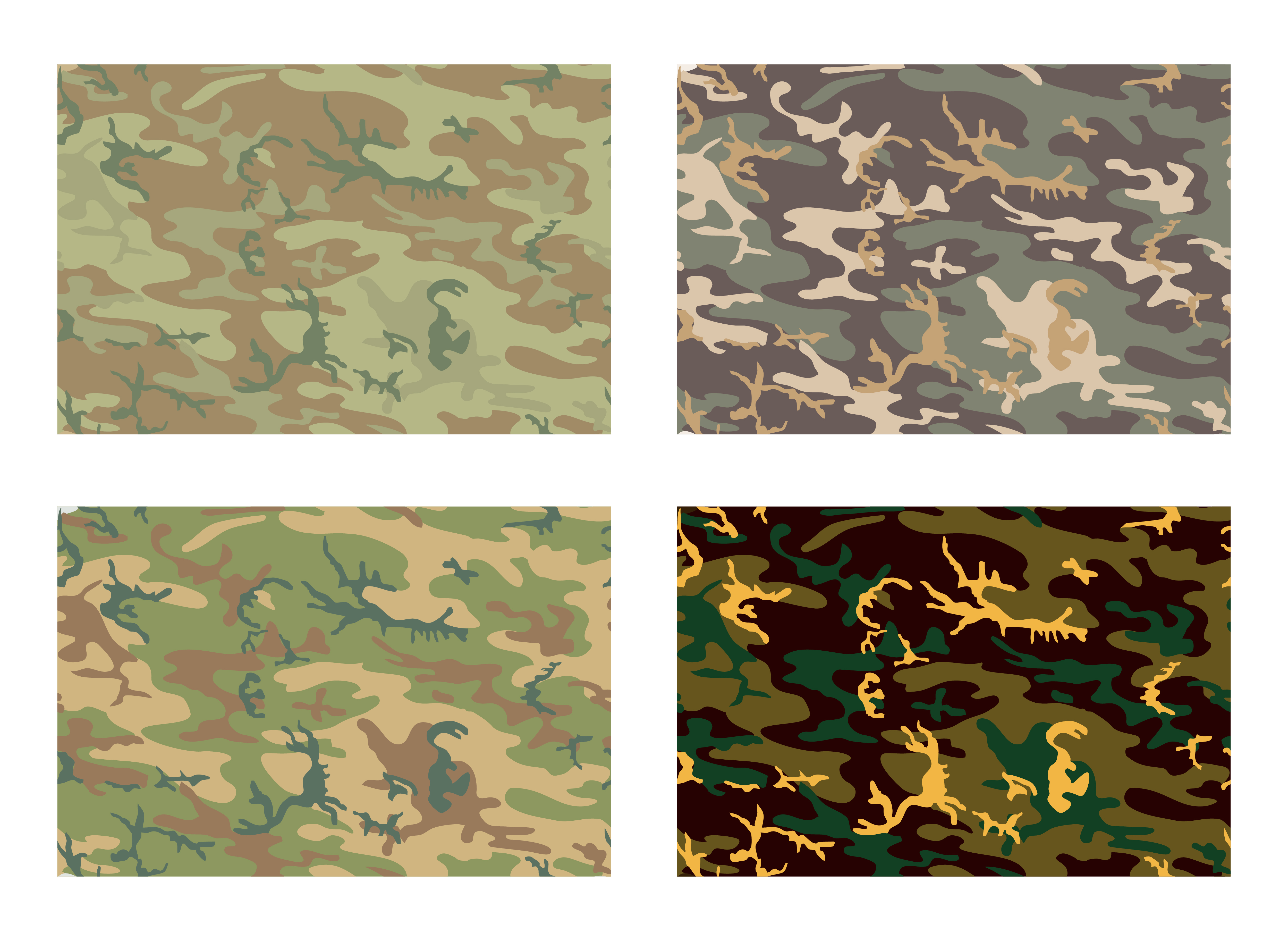

Army soldiers wearing OCP uniforms mixed with legacy UCP equipment while shooting M16A2s at a shooting range. The Army owns the licensing rights for Scorpion W2, which lowers the overall cost, and allows the Army the option to restrict the pattern to service members only. The pattern was modified by the United States Army Natick Soldier Research, Development and Engineering Center in 2009 and named the Scorpion W2 pattern. Crye Precision developed the original Scorpion pattern under a government contract in 2002. Initially, the Army's first pattern choice was the MultiCam pattern developed by Crye Precision, but allegedly due to "printing fees", procurement discussions broke down. As a result, the Army had to consider existing camouflage patterns within the United States Department of Defense. The 2014 National Defense Authorization Act (NDA or NDAA), prevents any service from adopting a new camouflage pattern not already in inventory before the NDA, unless they get all other services to adopt the same pattern. The finalists in the Army's Phase IV camouflage testing were Crye Precision ADS Inc. The Army eliminated the patterns down to five finalists who exceeded the baseline patterns and Scorpion W2 was among them in the Army's in-house submission (the Army later withdrew their submission leaving the four commercial vendors).

In 2010, the United States Army Camouflage Improvement Effort considered 22 entrants. Army concluded that the UCP did not adequately meet all of the concealment needs for Afghanistan’s multiple regions. The OCP ACU became available for soldiers to purchase starting 1 July 2015. In early April 2015, Army Chief of Staff Ray Odierno revealed that OCP uniforms were beginning to be issued to deployed soldiers going to Afghanistan, Iraq, Europe, and the Horn of Africa. In July 2014, the Army announced that OCP could be used in the field by the summer of 2015. Crye then modified it to create MultiCam for commercial sales. The original "Scorpion" pattern was developed by a joint venture of the Army's Natick Labs and Crye Precision as part of the Objective Force Warrior (OFW) program more than a decade prior. In 2019, it also commenced use by United States Space Force personnel who had transferred from the Air Force to the Space Force. The United States Air Force also replaced their former Airman Battle Uniform (ABU) with the ACU in OCP after positive feedback from airmen who wore the uniform while being deployed to Afghanistan with Army soldiers. The pattern also superseded the closely related MultiCam, a pattern previously used for troops deploying to Afghanistan. Army's previous Universal Camouflage Pattern (UCP) as the official combat uniform pattern for most U.S. This pattern officially replaced the U.S. Army's main camouflage pattern on the Army Combat Uniform (ACU). Operational Camouflage Pattern ( OCP), originally codenamed Scorpion W2, is a military camouflage pattern adopted in 2015 by the United States Army for use as the U.S.

United States Navy (individual augmentees)


 0 kommentar(er)
0 kommentar(er)
